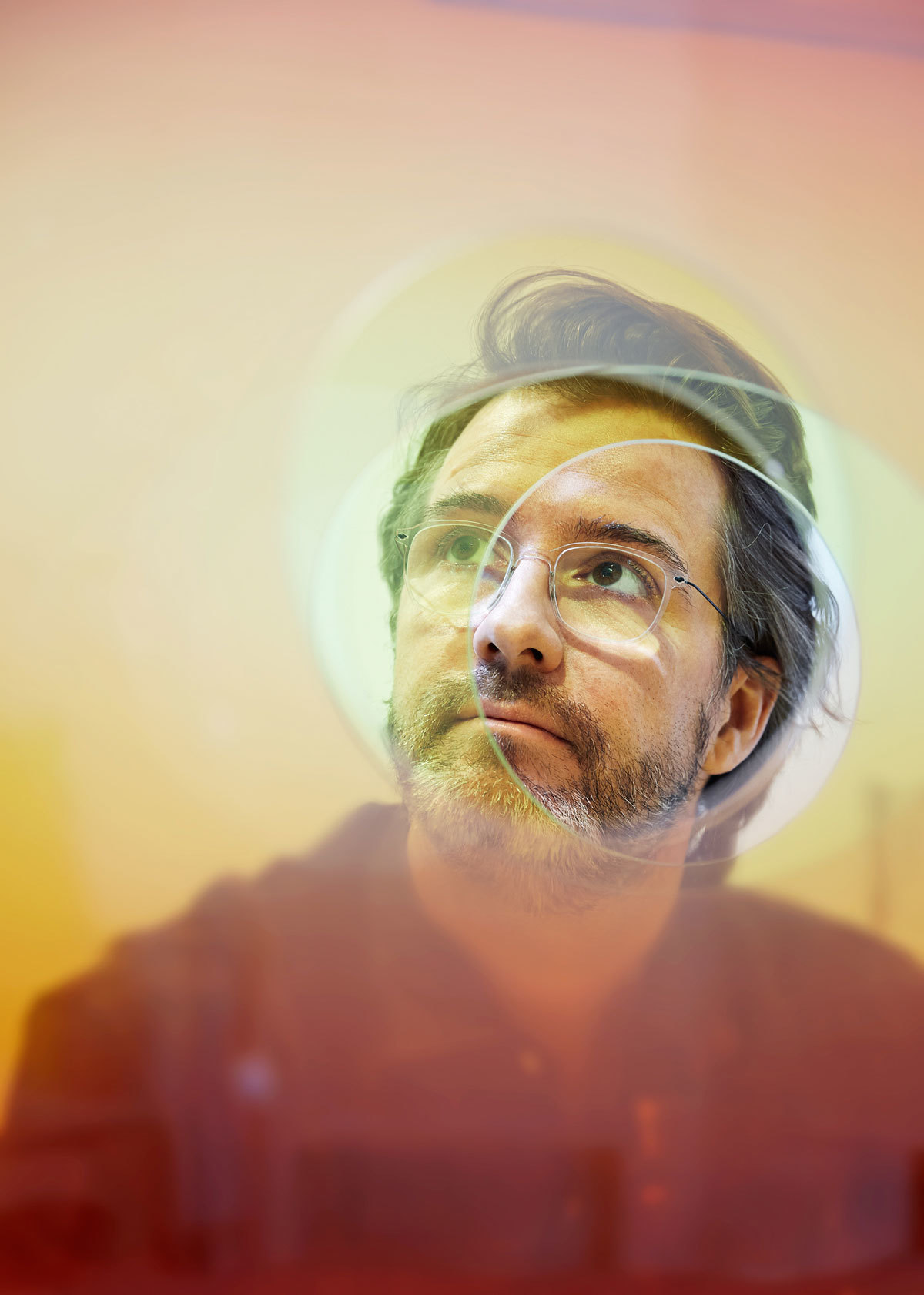Olafur Eliasson is a rare artist, an artist who has worked in almost every medium imaginable — every medium that is, except the traditional. He’s built pavilions, waterfalls, ice sculptures, bridges, concert halls, created suns and rainbows, used rivers and fields and glaciers as the sites of his works. He’s created lamps for Louis Vuitton’s stores as well as cheap solar powered lights designed for use in developing countries; he’s won as many architectural prizes as he has plaudits in the art world. He’s an artist who’s socially engaged in a way that stretches out beyond mere platitude and gesture, and, maybe even rarer in a cynical 21st century, he’s an artist who still believes in the positive possibilities of art to transform the world for the better.
Case in point: when we last spoke, he’d just moved 100 tons of ice he found floating in the sea off the coast of Greenland and placed them in a public square in Copenhagen. It was part climate change protest, part experiment in human interaction, seeing how people related to the ice, turning the abstract idea of climate change into something concrete, 100 tons being the amount of ice melting every second. As a project it is indicative of his approach to art making, the way his art finds forms in creating and distorting space and perception to see how humanity interacts with itself when our boundaries are changed.
Equally, as we arranged to speak this time, ostensibly to discuss a new book he’s released, Unspoken Spaces, he’d just got back to his hometown of Copenhagen from Vienna. He’d been there working on a project called Green Light, a series running until June that aims to champion the integration of refugees in society, through language courses and workshops.
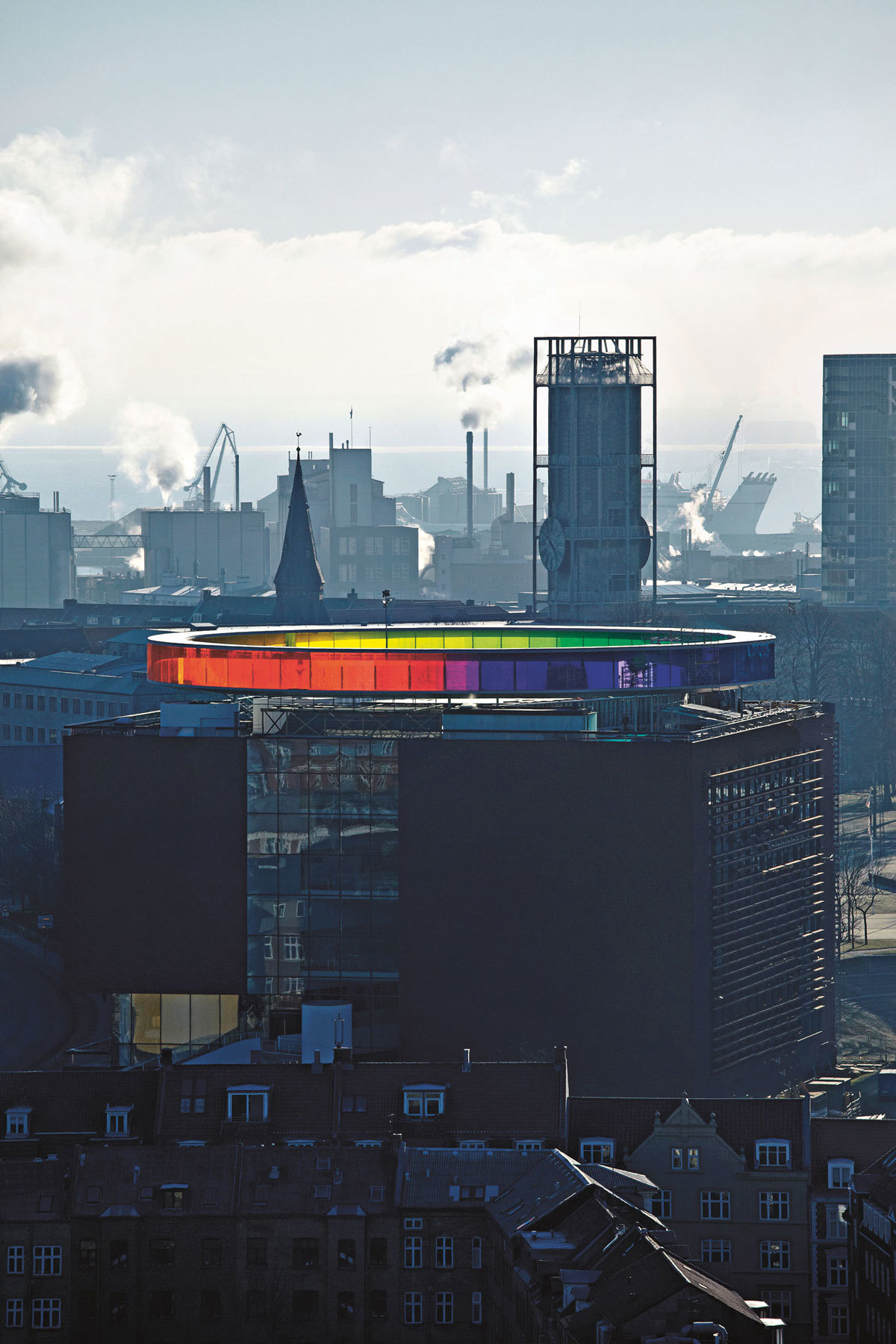
Green Light coincided with an only slightly more traditional display of Olafur’s work in the Austrian capital’s Winter Palace, Baroque Baroque, that married the artist’s works with those of the Baroque era of the Palace itself — a startling marriage of, on the surface, two vastly different aesthetics. But it shows how effortlessly Olafur’s works slips between modes and forms; from trad art world retrospective to activism, and equally, in being able to do so, how this most contemporary of contemporary artists is more in tune with an older sensibility of artistic creation than you might otherwise of thought. But what really stands out is the fact that this most contemporary of artist is so happy to exist outside of the art world.
It’s something underlined by the book, Unspoken Spaces, which collects and documents 20 years of projects that have existed outside of the boundaries of the gallery. Lovingly collated and documented, many projects are receiving this treatment for the first time. The book also marks 20 years since Olafur moved from Copenhagen to Berlin to start his studio, a forum for artists, activists, and architects to come together. The book is credited to them, to Studio Olafur Eliasson, not just the artist himself.
It’s a magnificent document of his work, but equally, and maybe most interestingly, a stunning insight into the artist’s mind and its polymathic tendencies, with Olafur contributing words on many of the projects.
Unspoken Spaces shows just how happy he is moving between forms. A point highlighted when we talked, as he drove from his home Copenhagen to the airport, to return to Berlin, in a conversation that moved between the refugee crisis, to the positive role culture can play in the world, to the gentrification of Berlin, building bridges in Copenhagen, English gardens, and Austrian palaces.
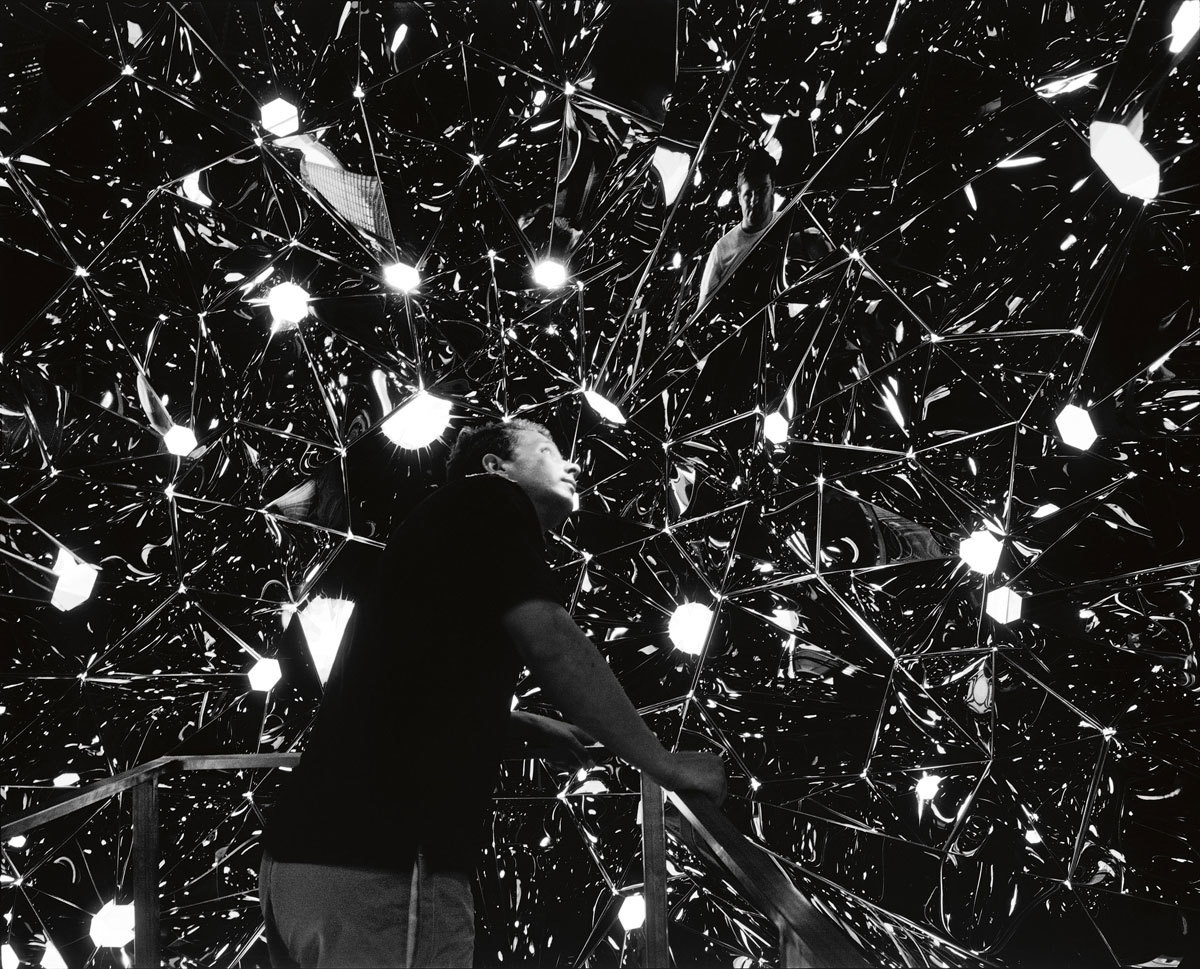
I wanted to start by talking about the Green Light project in Vienna.
The Green Light project started out with… well where should I start? I wanted to look into the cultural sector, and whether an art project can actually create a strategy in which one can explore the need for sophisticated integration of refugees into society.
Green Light is an artistic project that has a lot of social-scientific elements, its part workshop, part language course, but maybe, most importantly, it’s an attempt to steer away from the traditional hierarchical systems about who is the host and who is being hosted. The idea is that the protagonists, in this case the refugees, are also co-hosting the event and co-creating the event, they’ve been given the authorship of writing the narrative.
There is always this assumption that Europe is in fact standing still, being passive, and that it’s the refugees who are on the move and arriving, and physically speaking that’s very correct, but the truth is Europeans are also on a journey, also moving. It’s a movement towards populism and nationalism, but also a movement towards compassion and empathy, we have to see that it’s not like only the refugees are being traumatized, there is a degree of traumatization to Europe too.
The idea of transformation of space and of society, and how art and culture can aid in this in a positive way, is an idea that runs through a lot of your work.
These are ambitions that go a little bit beyond what a traditional art project or art object might have, but we really tried to make this a kind of scientific tool, and to explore contemporary pedagogic ideas.
It followed on quite quickly from another project in the city, Baroque Baroque, a retrospective of your work in the Winter Palace. It’s interesting how easily your work can shift between these very different modes, from art to activism, in a very short space of time, and even in the city.
They are less apart than we should think. The first thing the organizers did was to take the refugees to see my show at the, and to spend a day talking to them about ‘what is art.’ I hope they liked the show. You know, refugees aren’t aliens in this context even if we might naively expect them to be, these are educated people, who know about European history, about Austrian history, which is very much wrapped up with the history of the Ottoman Empire. Even architecturally, Vienna and Damascus share a lot of similarities.
So when I say to you, we took the refugees to see my show, it sounds a little like I’m saying, we took some refugees see some art for the first time, which is not the case. They were responsive to the show in the same way any other person might be. They are in fact us, they are also in these paintings of the Ottoman wars. I think it’s important for us to visit our own prejudice in order to see things in a different way.

It’s a difficult line for art to walk, to be engaged with the refugee crisis, without being seen as crass or exploitative. But do you think art world should try harder to be engaged?
Well I do think we should strengthen the relationships between the humanitarian sector and the cultural sector, I have always said that the UN should have cultural peacekeeping forces to send out instead of peacekeeping soldiers. Culture is a much more democratizing power. I think the humanitarian sector could learn a lot about humanity from culture. Not that it can replace it, but we work with tools within culture that can be beneficial to the humanitarian sector. Culture is very robust. It has something to offer. And I mean culture in the broadest sense; art, literature, even i-D magazine, for example, we all have to play our part.
That might be a nice place to start off talking about Unspoken Spaces, your new retrospective book of architectural projects. In the introduction you write about how these spaces aren’t utopian, but in some respects, you can have quite a utopian approach to architecture and art in that you believe it can have these positive effects upon people. It’s quite hopeful in a way.
Well to a greater extent these projects are addressing a certain emotional need or desire we haven’t quite verbalized yet. It would be reasonable to suggest this is utopian, because it’s just out of reach, and for me utopia is something quite escapistic, an excuse for making something unreachable. But these spaces aren’t beyond reach, they are very much about embodiment and presence and the actual physical experience of actually being there.
It’s like saying this is a symbolic work of art, it’s a representation of something going on somewhere else, and that would be the same for me as saying art is not political, and it would be a mistake to say that Green Light, for example, is a symbolic piece of art, because it’s an actual project. Art is for real, the reality in it can be utopian, but that’s a legitimate feeling.
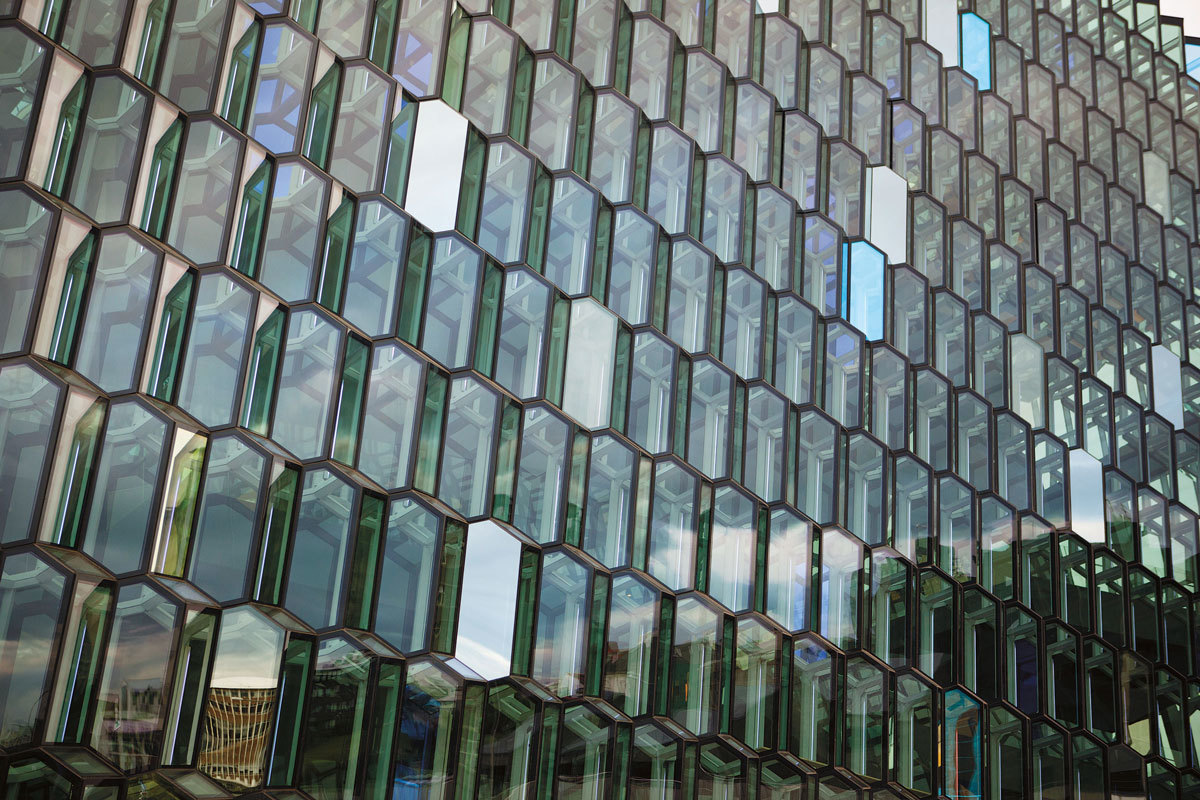
Was it an interesting thing to revisit 20 years of your work for the book?
Yes, it was very exciting. These projects are often done in spaces where there isn’t easy access or even any documentation or a catalogue. So it was simply very exciting to put all these projects together for the first time, because these projects are spread out all over the world.
I’ve been thinking a lot about what public art actually means, what does working outside of the institution actually mean, and this book became almost like a container for all the things that don’t fit into the art world, in its more traditional sense: museums, art fairs, auction house, and galleries.
I wanted to talk about one specific project, The Circle Bridge, which is on the cover, and why you chose this one project to represent everything inside.
It combines a lot of the other works in the way it works; it’s actually a functioning bicycle bridge in the center of Copenhagen, and therefore it’s a piece of public space. It introduces a frictional aspect to the city, because we drive through or we bike through the city, and very often the way we use the city has become much more pragmatic, or rationalized. Public space is simply what is left when the private sector has taken everything else, London is a prime example of the vulnerability of public space.
I was very curious how to give public space — the space we all own together — a muscle, how to say this space that this space is worth something, it belongs to us. And of course Copenhagen has a long tradition of celebrating its long tradition in city planning, and its environmental sophistication, being at the forefront of bicycle paths, so there was actually a lot of support from the city to do something with public space that makes it more public.
It has to work as a work of art, but it also has to work as a bridge, so it combines a lot of my interests in what a space is and can be.
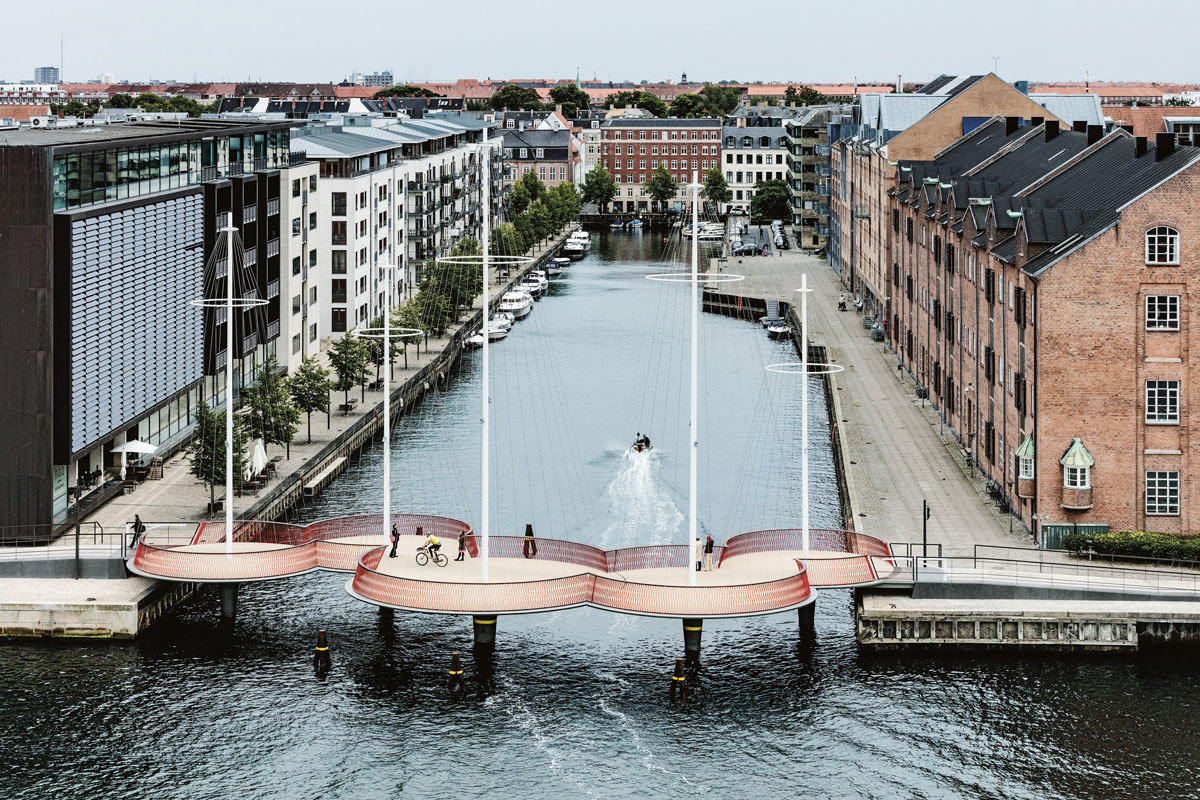
Another thing that became clear to me when browsing through the book, and it’s this English word, I don’t know if you know it: a folly –an architectural object that serve no concrete purpose. These pavilions have a distinct lack of function, but the function is what we bring to them.
Of course the English want to take the credit for everything, but the folly is not really an English word, it comes from the French, la folie, which means the fool, this idea of being foolish, was not just to be foolish in and of itself but it was also to specifically not obey the standards and norms of social order, social control. The pavilion then represents the space in which are allowed to, if not behave bad, then at least reconsider the rules that we usually without thinking obey. The other term, the pavilion, is of course comes from the French word Papillion, which means butterfly, this sort of windy behavior, this flickering with the wind, has that same type of nonsense type of flying around.
The garden, historically speaking, and in particular the English garden, allowed for a blurring of the social norms that were governing, well let’s say it, the patriarchal household. In the garden you get to introduce something more flirtatious into your house. This idea of the wilderness, in a more romantic sense, allows for the more primordial part of your brain to become activated. Nature is very democratic, you don’t need to know the names of the trees to find them beautiful.
There’s another thing here, this relationship between more traditional architectural projects like The Circle Bridge, and the more abstract projects, like the pavilions. Like your art practice, your architectural practice shifts between two, on the surface, very opposed forms. What does architecture mean to you as an artist, rather than an architect?
I respect architects a lot, because they can do things with more precision than I can. I see myself more as a someone who comes at space from a humanistic and psycho-social perspective, someone who translates these ideas into built environments, whether that is art or architecture? It’s not important. It’s more about amplifying or giving a language to the idea that I have. The idea always takes shape, always evolves, it’s not like saying here’s the idea, and then you give form to it, then you have a house suddenly. The process of finding form for an idea is actually where it becomes really interesting, because there you have a lot of creative alchemy going on.

It’s now been 20 years since you founded your studio in Berlin, and the book is credited to Studio Olafur Eliasson. Twenty years is a large portion of time. Is this book a way of looking back as well as looking forward, because at the end there’s a shadow of the unfinished, unrealized projects?
It’s interesting because the studio has now really become a workplace. Over the years it never really grew fast, but now there are about 100 people working there: architects, craftsmen, researchers, academics… the studio has become a forum where we actually do different things to traditional architectural offices. We also have a lot of scientists, environmental activists and politicians, and even people from the humanitarian sector coming by. This is really interesting to me, and I feel really fortunate to be an artist in this day and age. Of course making art in the first place is really delightful and exciting, but this idea of the forum is really interesting, the studio has become itself an active member of civic society. One hundred people come and go to work, they have salaries and kids in schools and so on, the studio has become a part of the cultural landscape in Berlin.
I guess you’ve experienced the change in Berlin over time as well?
In some ways it’s changed a lot, the city has been going through this standard gentrification process, like most cities. On the other hand it’s still a surprisingly affordable place to live if you’re a young artist. It is still a very liveable city, but it struggles with introducing a reasonable way of establishing yourself in the art world. As a city it’s polarized itself between totally unestablished artists and those who are very successful, very overexposed, let’s face it, artists like myself.
Did compiling the book reveal anything to you about your work, and archive of work, that you’d forgotten?
Absolutely! One often makes the mistake that you think when you are working with archival material, you are looking at the past, or you are going backwards in time, but the book became very inspirational. It became about the trajectory of the past, which gave me a very inspiring indicator of where I’m heading. The book became a proactive tool instead of a museum, where you collect old stuff that you don’t know what to do with. I use it as a handbook, and that’s to do with the fact that I have a lot of models and sketches in it, there are pictures of unfinished works in here too, which allows my imagination to flourish a little bit, and right now, I’m literally driving past that bridge as we speak. Funny, right.
Studio Olafur Eliasson, Unspoken Spaces is published by Thames & Hudson.

Credits
Text Felix Petty
All images courtesy Studio Olafur Eliasson
